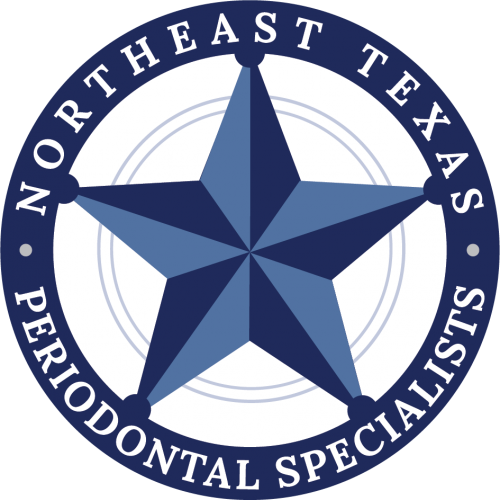Gum Grafting Costs
Gum grafting is a dental procedure used to restore gum tissue that has receded due to disease, brushing habits, or genetics. It is often considered both a functional and cosmetic treatment, and the cost can vary based on several key factors. While it is hard to quote exact prices, understanding what drives the cost can help you plan without being overwhelmed by numbers.
The type and extent of the graft will be a primary variable in determining the cost of the procedure. A graft covering a small area or a single tooth tends to be less expensive, while a full-arch graft or multiple sites raises the price significantly. A simple graft might be priced affordably, but more elaborate grafts with contouring or multiple sites can triple that initial investment.
It also matters where the donor tissue comes from. When a graft is taken from your own mouth, it involves two areas and two wound sites, increasing the complexity of the procedure. Using donor tissue from a sterilized source removes the need for harvesting from your own mouth, but labs and processing add cost. In general, grafts that use donor tissue cost more than grafts using your own tissue.
Provider-Related Costs
Different caregivers will charge different amounts, depending on their level of expertise. Periodontists, who specialize in gum treatments, often charge more than general dentists because of their advanced training and experience. Many patients feel that paying a bit more for a specialist is worth it, especially when precision and long-term results matter.
Location is also significant. Practices in large metropolitan areas or in areas with higher costs of living typically charge more. Conversely, clinics in smaller towns may offer lower prices, though options may be fewer. Every region has its own pricing norms, and it is wise to ask providers in your area for a cost estimate before proceeding.
Other costs beyond the graft itself can include diagnostic work. X‑rays, initial exams, and periodontal charting are necessary to evaluate gum health and plan treatment. These may or may not be bundled into the overall fee, so it is advisable to ask your provider what is included upfront to avoid surprise bills.
Insurance and Discounts
Insurance coverage can reduce your out-of-pocket cost if the procedure is deemed medically necessary, for reasons such as root exposure, gum disease progression, or sensitivity. Cosmetic grafts, however, may be less likely to receive coverage. Even when coverage applies, annual maximums and deductibles often limit how much your plan will pay.
Many dental offices offer payment plans or discounts for upfront payment. University or dental school clinics sometimes provide reduced rates under supervision. Shopping around—whether that means comparing providers, asking for financing options, or exploring discount dental networks—can help make costs more manageable without compromising on quality.
In summary, gum grafting costs can range from a modest amount for a single-site graft to a more substantial fee when multiple sites, specialist care, contouring, and diagnostic work are involved. Costs are affected by the treatment depth, tissue source, provider expertise, location, and insurance coverage. By understanding these factors, you can navigate pricing thoughtfully, ask informed questions, and choose a care plan that protects both your health and budget.

